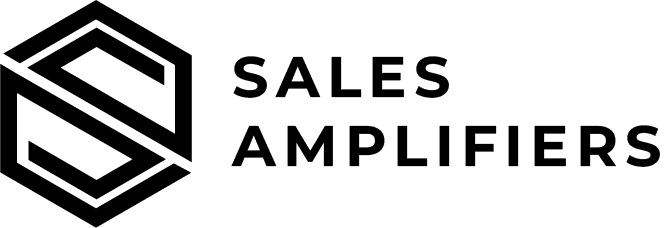- By Noor Ur Rehman
- February 9, 2025
- No Comments
Webmasters need to manage canonical tags & duplicate content through proper SEO because maintaining search visibility and authority requires it. Webmasters use canonical tags as a critical resource to indicate their preference for a specific webpage among duplicates with equivalent content.
Table of Contents
ToggleUnderstanding Canonical Tags & Duplicate Content
Canonical tags & duplicate content refers to substantial blocks of content within or across domains that are either identical or appreciably similar. This can occur due to various reasons, including:
URL Variations: Different URLs leading to the same content, such as:
http://example.com/page/http://www.example.com/page/https://example.com/page?ref=xyz
Session IDs and Tracking Parameters: Appending session identifiers or tracking parameters to URLs can create multiple versions of the same page.
Printer-Friendly Versions: Separate URLs for printer-friendly formats of webpages.
Content Syndication: Reposting content across multiple domains without proper canonicalization.
Such canonical tags & duplicate content can confuse search engines, leading them to struggle in determining which version of the content to index and rank. Consequently, this can dilute the page’s ranking power and adversely affect overall SEO performance.
The Role of Canonical Tags
A canonical tag is an HTML element placed within the <head> section of a webpage that specifies the “canonical” or preferred version of a page among duplicates. By implementing canonical tags, webmasters can signal to search engines which version of a page should be considered the authoritative source.
For instance, if the same content is accessible via multiple URLs, a canonical tag can be used to point all variations to a single preferred URL, consolidating the ranking signals and preventing potential SEO issues.
Best Practice to Implement Canonical Tags & Duplicate Content
Use Absolute URLs: Always specify the full URL, including the protocol (http or https) and domain name, in your canonical tags. This eliminates ambiguity and ensures clarity for search engines.
Self-Referencing Canonical Tags: Even if a page is unique, it’s advisable to include a canonical tag pointing to itself. This practice prevents future duplicate content issues and clarifies the preferred URL to search engines.
Consistent Application: Ensure that canonical tags are consistently applied across all pages, especially in e-commerce sites where product pages might be accessible through multiple categories or filters.
Avoid Conflicting Signals: Do not use canonical tags in conjunction with meta robots tags like “noindex” on the same page, as this can send mixed signals to search engines.
Monitor and Audit Regularly: Regularly audit your website to identify and resolve any canonicalization issues. Tools like Google Search Console can assist in monitoring how Google perceives your canonical tags.
Common Pitfalls to Avoid
Incorrect Canonicalization: Pointing canonical tags to irrelevant or non-existent pages can confuse search engines and harm SEO performance.
Overuse of Canonical Tags: While canonical tags are beneficial, over-reliance without addressing the root causes of duplicate content can lead to missed opportunities for optimization.
Neglecting Mobile and International Versions: Ensure that canonical tags are appropriately set for mobile versions and internationalized content to guide search engines effectively.
Conclusion
Canonical tags & duplicate content are a vital component in the SEO toolkit for managing duplicate content. By correctly implementing them, webmasters can consolidate their site’s ranking signals, enhance crawl efficiency, and maintain the integrity of their content in search engine results. Regular monitoring and adherence to best practices will ensure that your website remains optimized and free from the pitfalls associated with duplicate content.




